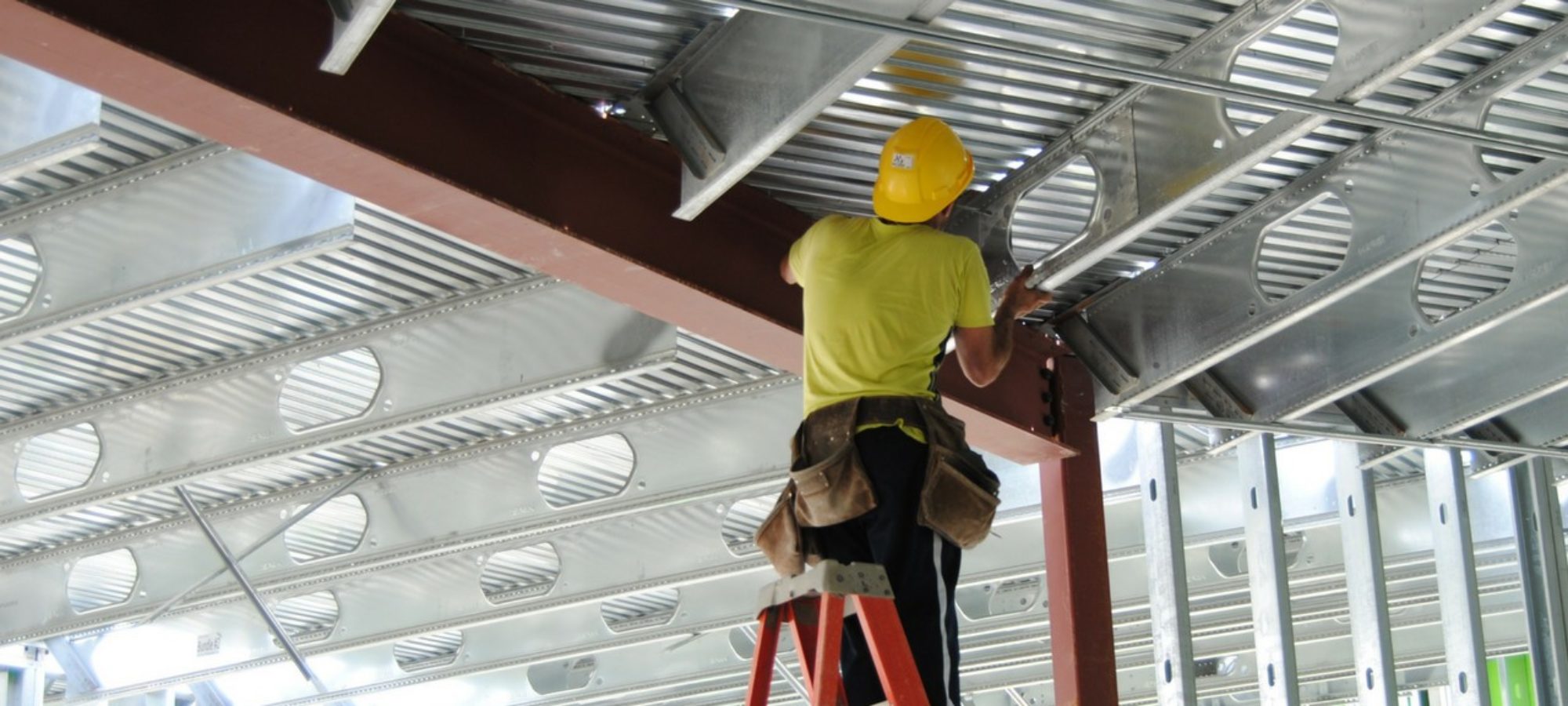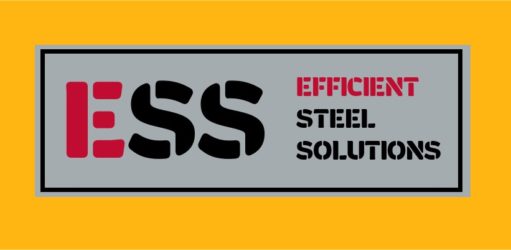The ESS production system was constructed along the lines of a typical panelized building project.
Creating bid-estimates
The first step is to get to an estimate that will allow you to bid on a project. When we talked with companies in this industry, the #1 solution to do take-offs for bids that people use is OnScreen by On-center industries.
Rather than recreate something that works and that has acceptance, we have chosen to read the export created by OnScreen so we can run that through our costing and planning algorithms in our background called PEPPCSI.
PEPPCSI will sanity-check the information from OnScreen for consistency / blanks, and from there will generate a detailed bid to specify material-cost and labor-cost, both in the factory and (if requested) in the field. Where necessary, PEPPCSI will access its library of standard drawings to include those details that are needed for submission/stamping.
Creating costing & submission set
Once there is a contract award, the next step is to model the building in detail so we can make sure the panels will fit, the studs fall on on-center spots etc. Like with OnScreen, we are not introducing our own design software.
Instead, we asked the engineering and architecture community, and Revit by Autodesk was identified as the standard solution. To leverage the RevIt capabilities and in the benefits of our PEPPCSI system, we have developed a set of custom RevIt families for CFS and HSS.
By modeling the building in RevIt we can ensure everything fits (collision detection), that we allow for slotted track and connector-clips, hold-downs etc. The custom RevIt-family <> PEPPCSI connection allows us to not overload RevIt with all kinds of details, yet add in all of the information required to handle tie-downs, Paco knife plates, strapping & blocking etc.
Once the modeling is completed, we can export Revit’s version of the building and import it into PEPPCSI for detailing. This puts together the material and labor planning/costing, id does any bundling and production scheduling, and it does all of the execution management.
PEPPCSI also assembles a submission-set of approval/stamping drawings, with all of the details around CFS<>CFS, CFS<>HSS and HSS<>HSS connections, using your letter-head. This drawing set can be sent out to licensed engineers for stamping, or you could handle this internally.
Manufacturing & purchasing
Step 3 is to get all of the materials ordered and scheduled, and then to fabricate the panels
PEPPCSI has a built-in method to assign different parts to different vendors (based on your preferences) and includes a capability to automatically get latest pricing for estimates and production ordering.
Once everything is good to go, PEPPCSI will schedule the shop to build the panels. It can run multiple projects at the same time and will route panels in the right order to each of the sets of trucks/trailers.
Within manufacturing, we have built a suite of custom production equipment to get the panels built. This equipment set is matched to the PEPPCSI worker portal computer that provides all of the equipment-settings etc, and the combination allows for operators with no applicable experience to build quality panels with minimal training. The information in the unique drawing format, the features of the equipment, it all comes together in the efficiencies that we can hit (and the competition cannot).

